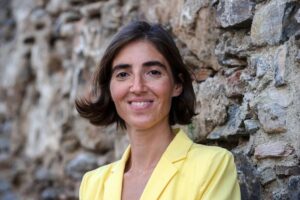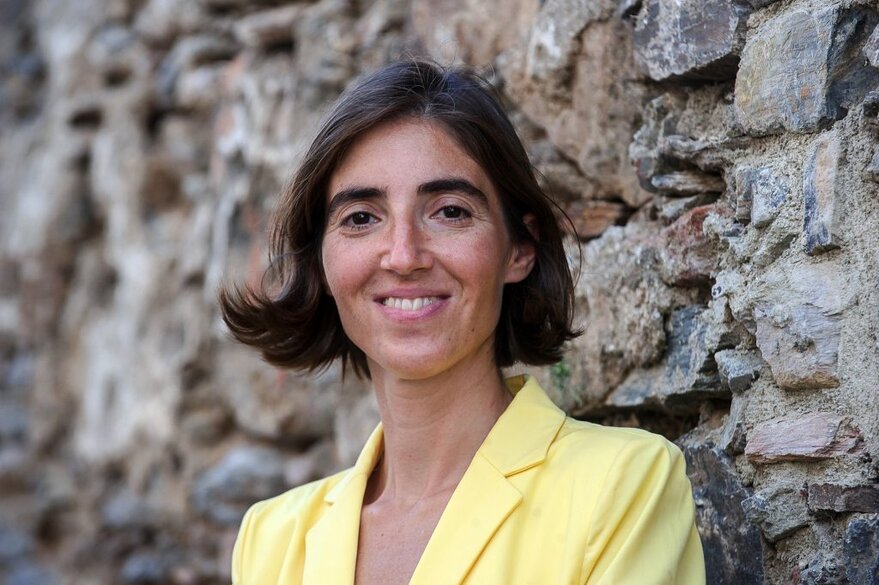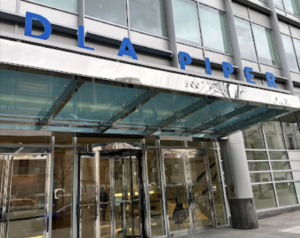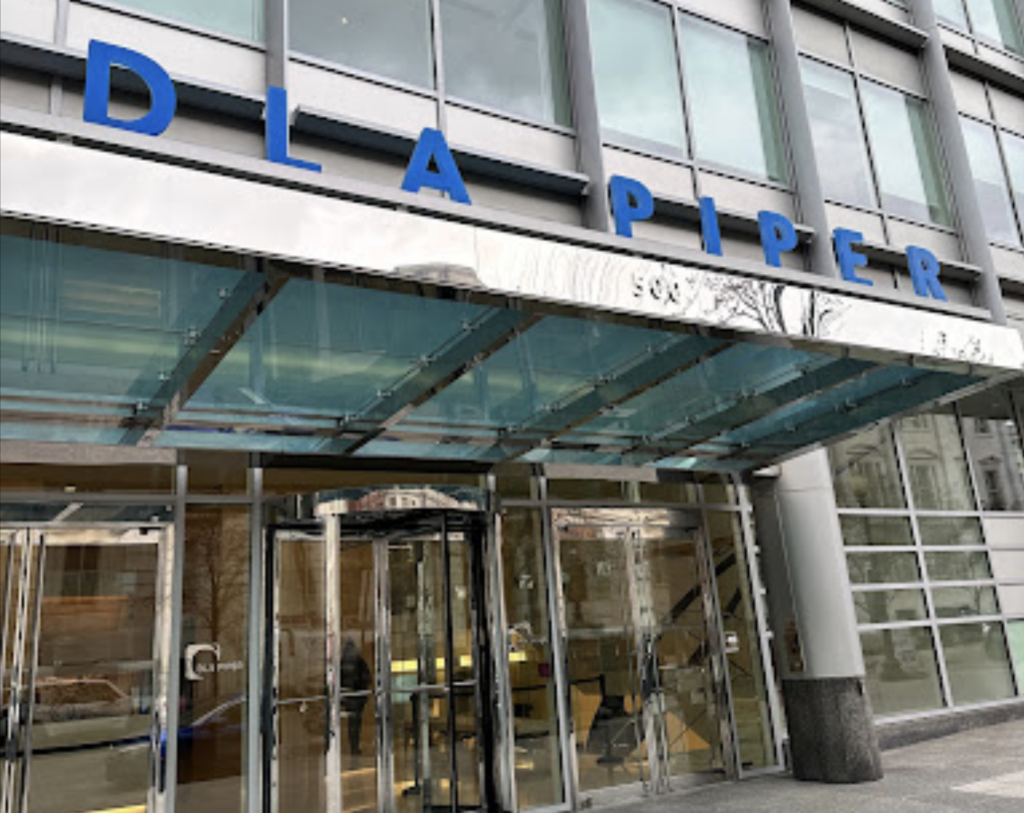NASA's Lucy spacecraft captures its first images of asteroid Dinkinesh
Tuesday, 12 September 2023 15:17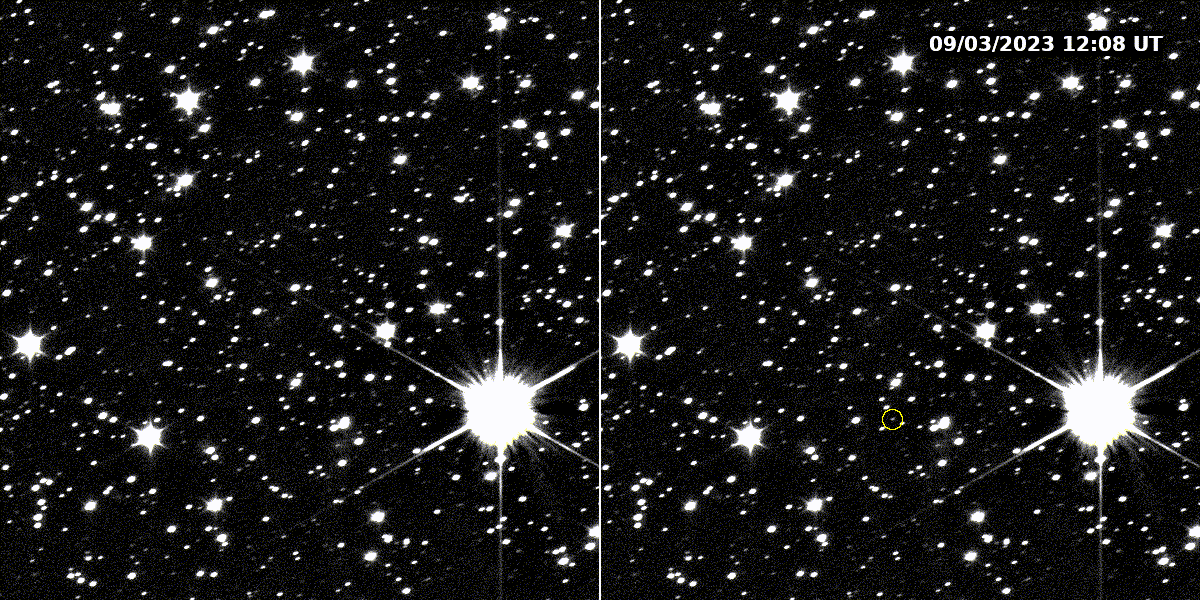
The small dot moving against the background of stars is the first view from NASA's Lucy spacecraft of the main belt asteroid Dinkinesh, the first of 10 asteroids that the spacecraft will visit on its 12-year voyage of discovery. Lucy captured these two images on Sept. 2 and 5, 2023. On the left, the image blinks between these first two images of Dinkinesh. On the right, the asteroid is circled to aid the eye.
Lucy took these images while it was 14 million miles (23 million km) away from the asteroid, which is only about a half-mile wide (1 km). Over the next two months, Lucy will continue toward Dinkinesh until its closest approach of 265 miles (425 km) on Nov. 1, 2023.
The Lucy team will use this encounter as an opportunity to test out spacecraft systems and procedures, focusing on the spacecraft's terminal tracking system, designed to keep the asteroid within the instruments' fields of view as the spacecraft flies by at 10,000 mph (4.5 km/s).
European Service Modules – made in Turin
Tuesday, 12 September 2023 12:09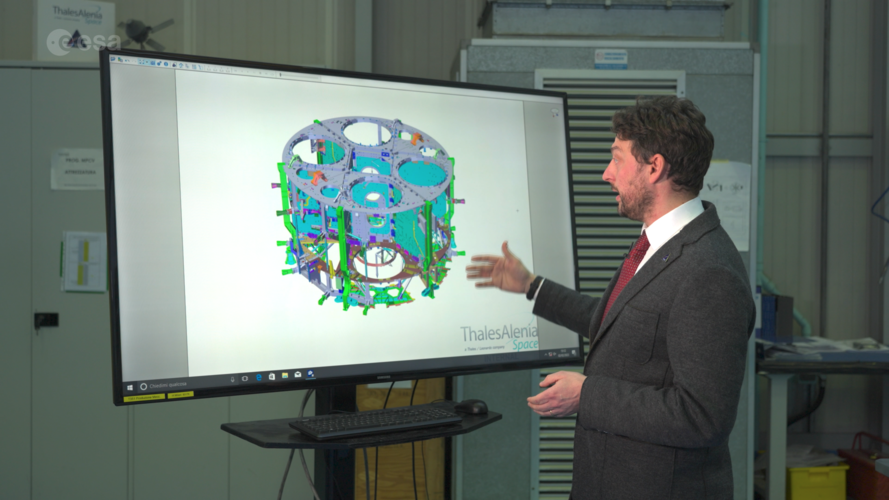 Video:
00:02:30
Video:
00:02:30
Artemis in Europe: the structure and radiators for the European Service Modules that fly NASA’s Orion spacecraft to the Moon are built in Turin, Italy.
Thales Alenia Space produces the structure that acts like a chassis on a car providing the solid foundations for all other elements to be attached to and also absorbs the forces that the Artemis spacecraft will endure during launch into Earth orbit and onto the Moon.
Technicians assemble the primary structure that is made from a core of Composite Fibre Reinforced Polymer sandwich panels and aluminium alloy elements for the secondary structures. This technology
Marcus Wandt will fly to International Space Station on third Axiom Space mission
Tuesday, 12 September 2023 11:00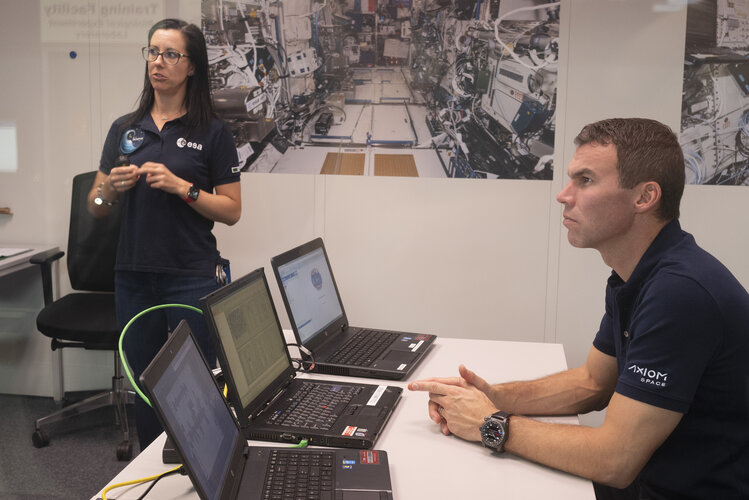
ESA project astronaut Marcus Wandt from Sweden will travel to the International Space Station (ISS) on Axiom Mission 3 (Ax-3) no earlier than January 2024.
Webb discovers methane, carbon dioxide in atmosphere of K2-18 b
Tuesday, 12 September 2023 10:44 A new investigation with NASA's James Webb Space Telescope into K2-18 b, an exoplanet 8.6 times as massive as Earth, has revealed the presence of carbon-bearing molecules including methane and carbon dioxide. Webb's discovery adds to recent studies suggesting that K2-18 b could be a Hycean exoplanet, one which has the potential to possess a hydrogen-rich atmosphere and a water ocean-covered surf
A new investigation with NASA's James Webb Space Telescope into K2-18 b, an exoplanet 8.6 times as massive as Earth, has revealed the presence of carbon-bearing molecules including methane and carbon dioxide. Webb's discovery adds to recent studies suggesting that K2-18 b could be a Hycean exoplanet, one which has the potential to possess a hydrogen-rich atmosphere and a water ocean-covered surf Lucy captures its first images of Asteroid Dinkinesh
Tuesday, 12 September 2023 10:44 The small dot moving against the background of stars is the first view from NASA's Lucy spacecraft of the main belt asteroid Dinkinesh, the first of 10 asteroids that the spacecraft will visit on its 12-year voyage of discovery. Lucy captured these two images on Sept. 2 and 5, 2023. On the left, the image blinks between these first two images of Dinkinesh. On the right, the asteroid is circled t
The small dot moving against the background of stars is the first view from NASA's Lucy spacecraft of the main belt asteroid Dinkinesh, the first of 10 asteroids that the spacecraft will visit on its 12-year voyage of discovery. Lucy captured these two images on Sept. 2 and 5, 2023. On the left, the image blinks between these first two images of Dinkinesh. On the right, the asteroid is circled t Intelsat, Aalyria sign deal to advance multi-orbit connectivity
Tuesday, 12 September 2023 10:44 Intelsat, operator of one of the world's largest integrated satellite and terrestrial networks and leading provider of inflight connectivity (IFC), has signed a Memorandum of Understanding (MoU) with Livermore, California-based Aalyria, the advanced software-defined and optical networking communications pioneer, that includes financial commitments to advance the development of a new optical tech
Intelsat, operator of one of the world's largest integrated satellite and terrestrial networks and leading provider of inflight connectivity (IFC), has signed a Memorandum of Understanding (MoU) with Livermore, California-based Aalyria, the advanced software-defined and optical networking communications pioneer, that includes financial commitments to advance the development of a new optical tech Lockheed Martin opens futuristic satellite operations center test bed
Tuesday, 12 September 2023 10:44 Lockheed Martin (NYSE: LMT) has announced the opening of its Operations Center of the Future, a technology test bed showcasing how tomorrow's satellite operators will be able to manage multiple space missions simultaneously using a web-based, secure cloud infrastructure.
The Lockheed Martin self-funded, futuristic operations center, located on the company's campus near Denver, Colo., utili
Lockheed Martin (NYSE: LMT) has announced the opening of its Operations Center of the Future, a technology test bed showcasing how tomorrow's satellite operators will be able to manage multiple space missions simultaneously using a web-based, secure cloud infrastructure.
The Lockheed Martin self-funded, futuristic operations center, located on the company's campus near Denver, Colo., utili Phase Four's next generation Maxwell Propulsion System Achieves Flight Heritage
Tuesday, 12 September 2023 10:44 Phase Four has reported the successful flight heritage of its next-generation Maxwell propulsion system. This marks a major step in deploying state-of-the-art propulsion technology for small satellites.
The advances in the Maxwell propulsion system underscores Phase Four's commitment to excellence, innovation, and customer-focused solutions towards providing reliable, cost-effective propul
Phase Four has reported the successful flight heritage of its next-generation Maxwell propulsion system. This marks a major step in deploying state-of-the-art propulsion technology for small satellites.
The advances in the Maxwell propulsion system underscores Phase Four's commitment to excellence, innovation, and customer-focused solutions towards providing reliable, cost-effective propul Telestat, SpaceX announce agreement to launch satellites
Tuesday, 12 September 2023 10:44 Satellite operator Telestat announced on Monday that it has signed a deal with SpaceX to carry 18 of its Lightspeed satellites into low Earth orbit starting in 2026.
Telestat's satellite constellation, which will provide secured multi-Gbps data link connectivity for enterprise and government users, will be deployed by SpaceX over the course of 14 launches, a statement from the satellite
Satellite operator Telestat announced on Monday that it has signed a deal with SpaceX to carry 18 of its Lightspeed satellites into low Earth orbit starting in 2026.
Telestat's satellite constellation, which will provide secured multi-Gbps data link connectivity for enterprise and government users, will be deployed by SpaceX over the course of 14 launches, a statement from the satellite Terran Orbital expands manufacturing at Irvine plant
Tuesday, 12 September 2023 10:44 Terran Orbital (NYSE: LLAP) has announced the official opening of a new 60,000-square-foot satellite manufacturing space adding to its existing manufacturing capability. With this previously announced addition, the total size of the manufacturing complex in Irvine has expanded to approximately 98,000 square feet.
This new addition enables Terran Orbital to significantly boost satellite pro
Terran Orbital (NYSE: LLAP) has announced the official opening of a new 60,000-square-foot satellite manufacturing space adding to its existing manufacturing capability. With this previously announced addition, the total size of the manufacturing complex in Irvine has expanded to approximately 98,000 square feet.
This new addition enables Terran Orbital to significantly boost satellite pro Another Martian Weekend" Sols 3943-3945
Tuesday, 12 September 2023 10:44 Earth planning date: Friday, September 8, 2023: Curiosity continues its bumpy travels across the bedrock blocks this weekend. We got the good news this morning that we would be able to safely do contact science in the plan!
This means that we have a very familiar weekend plan - contact science on the first sol, a drive on the second sol, and remote science on the third sol. We've had this
Earth planning date: Friday, September 8, 2023: Curiosity continues its bumpy travels across the bedrock blocks this weekend. We got the good news this morning that we would be able to safely do contact science in the plan!
This means that we have a very familiar weekend plan - contact science on the first sol, a drive on the second sol, and remote science on the third sol. We've had this OSIRIS-REx adjusts course to target sample capsule's landing zone
Tuesday, 12 September 2023 10:44 On Sept. 10, NASA's OSIRIS-REx spacecraft briefly fired its ACS (attitude control system) thrusters to point itself toward Earth, putting it on course to release its sample capsule, carrying rocks and dust from asteroid Bennu, from 63,000 miles (or 102,000 kilometers) above Earth's surface on Sunday, Sept. 24.
Yesterday's trajectory-correction maneuver changed the spacecraft's velocity abo
On Sept. 10, NASA's OSIRIS-REx spacecraft briefly fired its ACS (attitude control system) thrusters to point itself toward Earth, putting it on course to release its sample capsule, carrying rocks and dust from asteroid Bennu, from 63,000 miles (or 102,000 kilometers) above Earth's surface on Sunday, Sept. 24.
Yesterday's trajectory-correction maneuver changed the spacecraft's velocity abo The universe caught suppressing cosmic structure growth
Tuesday, 12 September 2023 10:44 Ann Arbor MI (SPX) Sep 12, 2023
As the universe evolves, scientists expect large cosmic structures to grow at a certain rate: dense regions such as galaxy clusters would grow denser, while the void of space would grow emptier. But University of Michigan researchers have discovered that the rate at which these large structures grow is slower than predicted by Einstein's Theory of General Relativ
Ann Arbor MI (SPX) Sep 12, 2023
As the universe evolves, scientists expect large cosmic structures to grow at a certain rate: dense regions such as galaxy clusters would grow denser, while the void of space would grow emptier. But University of Michigan researchers have discovered that the rate at which these large structures grow is slower than predicted by Einstein's Theory of General Relativ 
